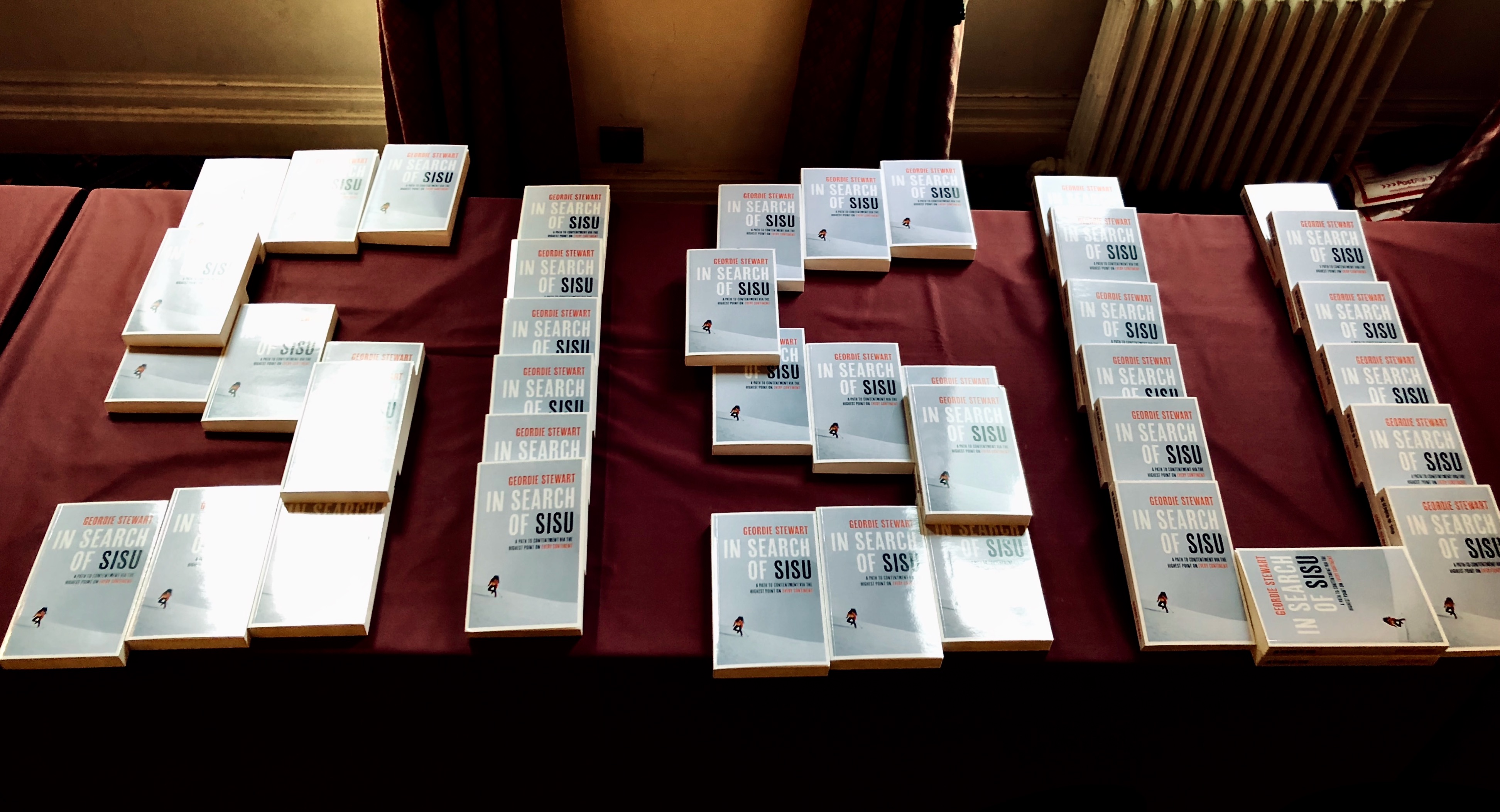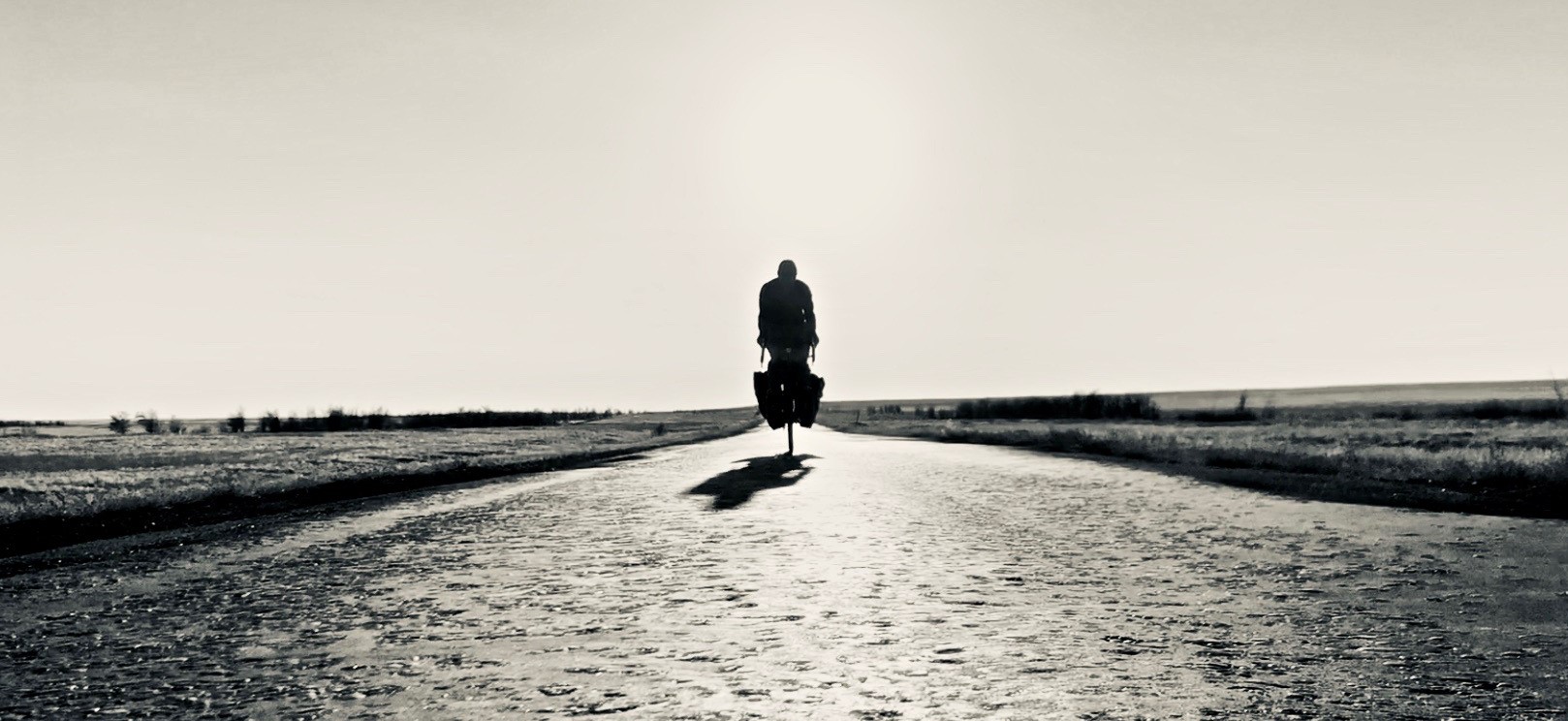In October, my second book, A Rolling Stone: Taking the Road Less Travelled, was released.

How to publish a book
I was asked by a friend why I decided to publish a book and not just write a diary. There are a few obvious differences between a diary and a book; the most obvious being one is shared, the other isn’t. A few years ago, I was also given great advice: write as though nobody was watching; not your parents, teachers, friends or girlfriend. Just write. Write almost as though it’s a diary. The editing, formatting and publishing can all come afterwards when you’ve ploughed through the carnage that is the first draft; that should come from the heart.
This isn’t about that though; it’s about something I’ve been asked a lot about: how to actually publish a book. Perhaps COVID has inspired people to get their laptops out and start tapping away. I am no expert but I will relay the information I’ve gathered which I hope might help.
Simplistically, there are two main routes:
- Traditional publishing
- Self-publishing
I am going to briefly cover (a) but focus more on (b) as it’s the process I went through for In Search of Sisu and might go through again at some stage.
1. TRADITIONAL PUBLISHING
a. FIND AN AGENT
For this, you will need a clear synopsis, a cover letter, a full book proposal and usually the first three chapters/10,000 words of your book. You can write your whole book and then get an agent/publisher or you can get one based on the proposal alone.
b. FIND A PUBLISHER
Your agent then finds a publisher which matches the genre, style and ambitions of the book.
c. PREP THE BOOK
You sign a contract and go through a few more edits. The publisher pays you an advance as well as paying for the editing, copy-editing, proofreading, formatting, cover design, marketing and printing. Yes, you can find a publisher without having an agent (who usually takes around 15%) but it is much harder; your agent is the gatekeeper and has the market knowledge, expertise and contacts.
d. PUBLISH
Assuming you meet all your deadlines, your book gets published and you nervously wait for the reviews to roll in.
2. SELF-PUBLISHING
Self-publishing is the process of undertaking all responsibilities related to publishing a book. If you decide to self-publish, you’ll be in charge of the edits, cover design, formatting and marketing of your book.
It sounds like more work and in reality, it probably is. It is also more expensive – the estimated cost to self-publish a book including editing, design, and marketing is around £500-£1,500 based on what level of support you’re after.
PRINT-ON-DEMAND
As background, understanding print-on-demand (POD) is essential. POD essential means your book is an electronic file (cover & interior) until someone clicks buy on Amazon. At that moment, one copy of the book is created and sent directly to you.
This stops you printing several hundred copies of your book and posting them one at a time when someone clicks buy. That’s what used to happen and it meant self-published authors had boxes of their books they were trying to flog. No longer. The machines that Amazon now use mean the quality of POD books is also excellent. Again, this was not the case before.
Put simply, you have none of the shipping/packaging costs. On Amazon, for example, it costs you nothing to publish but they do take a % of the sale.
So, these are the steps I took and would likely take again.
a. WRITE AND EDIT
After you’ve finished the first draft, take a break and leave it alone. Then come back and edit edit edit. Prep that red pen.
b. TRUSTED READERS
Recommendations:
Pick a breadth of readers, not just people to praise it.
Be specific about what you’re after from each reader.
Give them a deadline.
Listen to their feedback – editing will make the book better.
Eat that humble pie and proceed.
c. FIND A COPY-EDITOR
Hire a professional copy-editor. Jen (check out her website here) was amazing with In Search of Sisu. She understood what I was trying to do and helped shape the narrative, format and content. I found her on the website Reedsy – an excellent place to assist in the collaborative process. The better your writing gets, the lower the copy-editing costs because your writing has improved.
Recommendation:
This is probably the most important collaborative relationship. It is worth the time to find exactly the right person to work.
d. FIND A COVER DESIGNER
I used Simon from IDoBookCovers who was helpful and quick. He had a good feel for what I was after, gave me options, gave me suggestions when I asked and gave me a great final product.
e. PROOFREADING
This is the final quality check. You can combine the copy-editor and the proofreader but they will be looking for different things. It might cost you a few hundred quid but, upon publication, you’ll be mightily grateful that the continuities were spotted and the semi-colons were correctly placed.
f. FORMATTING
I purchased the formatting programme Vellum. It cost me £200 but was worth it. You can do it without, of course, but Vellum was the main difference between making my book look professional and look self-published. The same could be said for paying for a cover designer unless you’re particularly talented at both. Vellum allows you to tweak the font, style, graphics and format.
g. (OPTIONAL) CROWDFUNDING
If you want to cover your costs, ensure you have some guaranteed readers and generate a bit of buzz then go for it. It is quite a bit of work to do well but also highly rewarding if it works. I used Kickstarter.
h. (OPTIONAL) MARKETING
Do this however you see fit. You could begin it three months or three days out or completely ignore it. The choice is yours. I am not an expert at this and largely ignored it for sisu which was, in hindsight, perhaps an error but we live and learn.
i. BOOK SPECIFICS
You need an ISBN as well as to decide on your interior type, trim size, cover type (matte or glossy), price, description, keywords, distribution channels etc.
j. PUBLISH
Go onto Amazon KDP and upload the Kindle and/or paperback version of your book. Wait until it gets approved, order an author’s copy if you want to check it over, and then share it to the world. Nervously wait for the reviews to roll in and convince yourself you don’t mind what other people think.
k. (OPTIONAL) TWEAK
I have made several changes to In Search of Sisu since it was published. I have added a few sketches, altered a few typos and even tweaked the dimensions of the cover. Because you have control over it, you can edit what you want.
3. CONCLUSIONS
This isn’t a debate between traditional publishing and self-publishing. There are clear pros and cons to both based on time, money, control, prestige, ego and various others. Ultimately it comes down to personal preference and your aims for your book.
I hope, however, I’ve given you a better understanding of what the process is like for each. Like many of my blogs, this can go under the ‘Things-I-Wish-I-Had-Known’ category.
If you have any more questions then please send them via this website or Instagram.
FURTHER READING
Below are a few posts I’ve written about the writing/publishing process that might also help:



